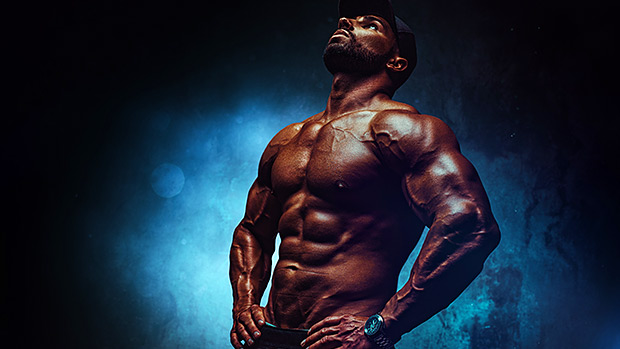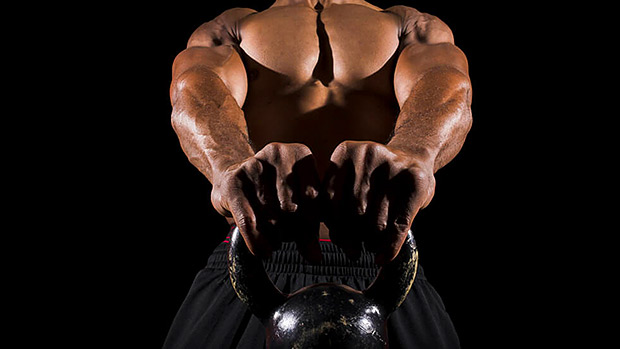Kenny Croxdale
Level 7 Valued Member
Correct me if I'm wrong but i also remember Oliver's study that showed clusters a closer 2nd in hypertrophy to traditional had both groups using the same %1RM for weight. I thought he mentioned wondering about even better results with higher % use for cluster sets which would be possible with 8*5 instead of 4*10. Clusters for the win!
Below is the "Cliff Notes" Abstract of Oliver's research. The full research article is online, as well.
Acute Response to Cluster Sets in Trained and Untrained Men

Acute response to cluster sets in trained and untrained men - PubMed
CLU allowed greater total volume load, shorter TUT, greater average power, similar anabolic hormonal response, and less metabolic stress. The acute response was similar despite training status.
Abstract
Purpose: In traditional sets (TRD) repetitions are performed continuously, whereas cluster sets (CLU) allow a brief rest between groups of repetitions. We investigated the acute mechanical, metabolic, and hormonal response to CLU in men.
Methods: Twelve resistance-trained (RT) and 11 untrained (UT) men performed TRD (4 × 10 repetitions with 2 min rest) and CLU [4 × (2 × 5) with 1.5 min rest between sets 30 s rest between clusters] at 70 % 1RM back squat in random order. Seven days separated trials. Average power and time under tension (TUT) were calculated. Blood was sampled pre, sets 1, 2, and 3; immediate post-exercise, 5, 15, 30, 60 min post-exercise for blood lactate, total testosterone (TT), free testosterone (FT), growth hormone (GH), and cortisol.
Results: CLU produced greater average power at an increasing number of repetitions over each set with greater total volume load. TUT was shorter for RT and lower for CLU in repetitions 1, 6, 7, 8. Blood lactate was higher Set 2 through 30 min in TRD. RT had higher TT; however, the time course was similar between RT and UT. TT and FT increased immediate post-exercise and remained elevated 30 min in both conditions. GH was significantly greater during TRD with a similar pattern observed in both conditions. Cortisol was significantly lower at 30 min in CLU.
Conclusion: CLU allowed greater total volume load, shorter TUT, greater average power, similar anabolic hormonal response, and less metabolic stress. The acute response was similar despite training status.
Cross Referencing
Cluster Sets - Current Methods for Introducing Variations to Training Sets, with Greg Haff
Dr Greg Haff's presentation goes more in to the use of Cluster Sets for increasing Power Output. Haff touches on Oliver research


